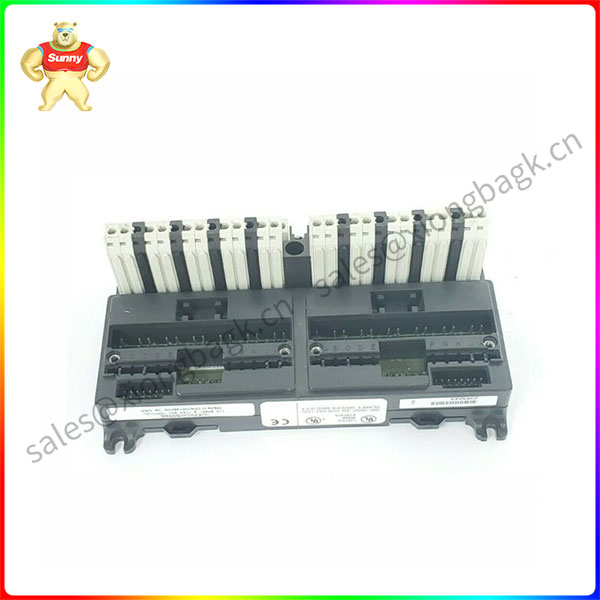Risk two: Maintaining the hardware infrastructure
The significance of operational efficiency to industrial enterprises is self-evident. In the life sciences industry, efficient operations require a strong production infrastructure and a stable power supply. Once power outages or power rationing occur, the sterile environment of drug production will be destroyed, causing quality biases and increasing overall production costs. The aging of infrastructure also increases the risk of similar failures. In addition, the loss of important data due to failures and outages of IT facilities can also compromise productivity and management effectiveness.
Schneider Electric has noticed that more and more companies in the life sciences industry are looking for smarter solutions to maintain and modernize mass production equipment. Adopting a solution for asset operational efficiency management is undoubtedly a key step in reducing the risk of failure.

IC670CHS002
Smart grids can dramatically increase flexibility, and the Schneider Electric EcoStruxure microgrid allows operators to design and manage systems with security of power supply in mind.
Digital twins provide a range of real-time insights that improve quality, performance, productivity and energy efficiency. When used in conjunction with iot factory and device data, digital twins can transform static representations into dynamic real-time simulations enhanced by intelligent real-time data.
Equipment predictive maintenance: Based on vibration mechanism + mathematical model equipment fault prediction and diagnosis system, combined with process mathematical model fault diagnosis tool, can not only help users diagnose mechanical aging and wear problems, but also diagnose electrical faults or equipment failures caused by process changes.
Remote management and digital tools: Virtual reality (VR) and augmented reality (AR) are increasingly being used in facilities and production. For example, Schneider Electric’s EcoStruxure Augmented Operator Advisor allows operators and technicians to diagnose and access plant data remotely without having to inspect machinery, robots or control boxes on-site.
 中文版
中文版




